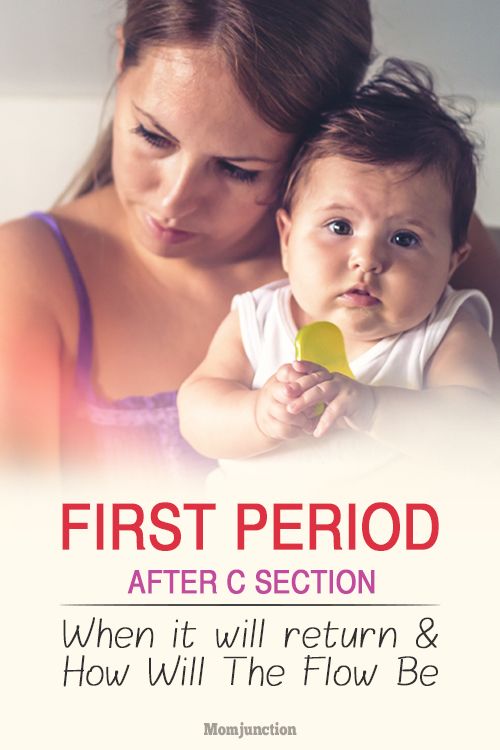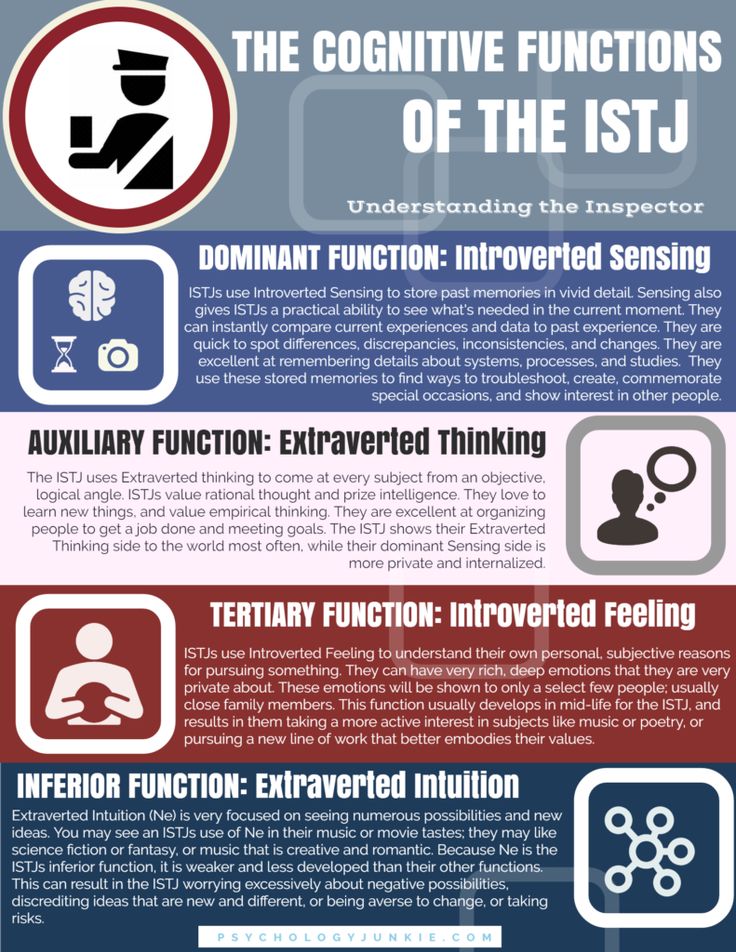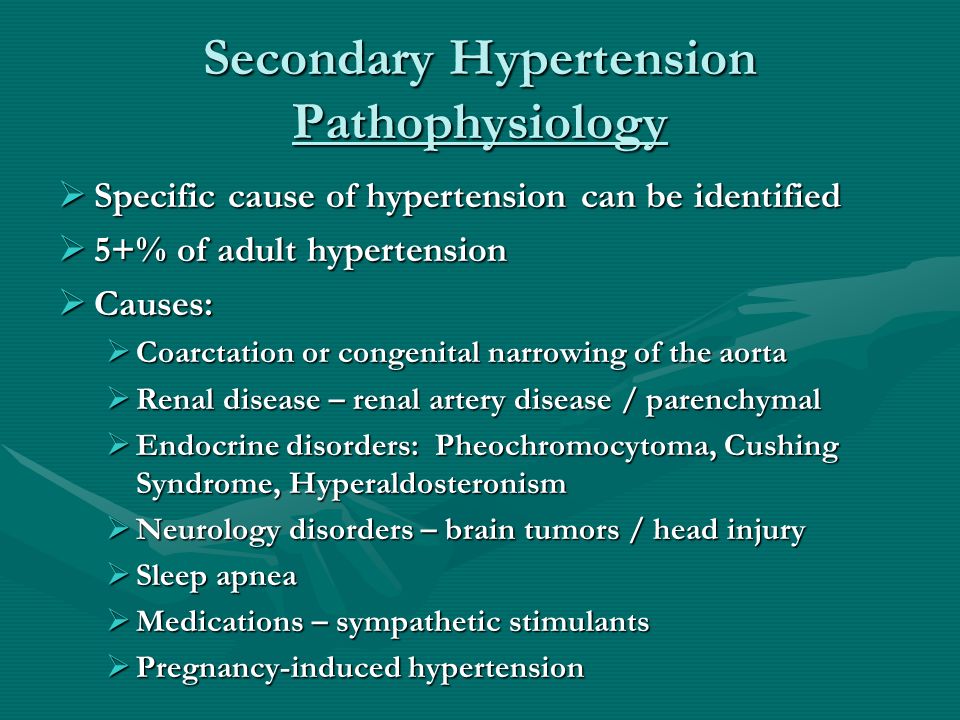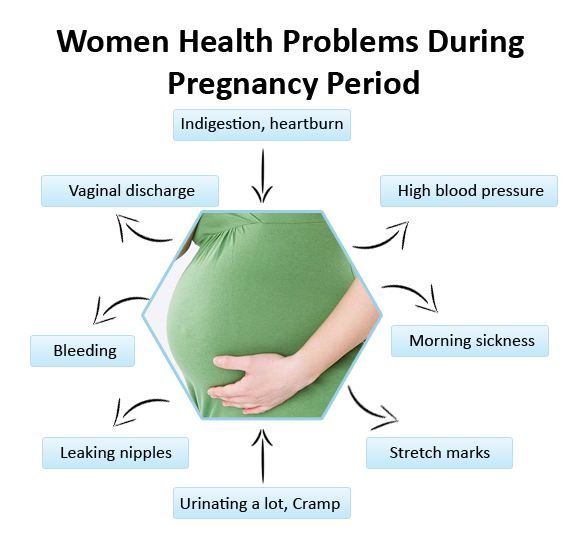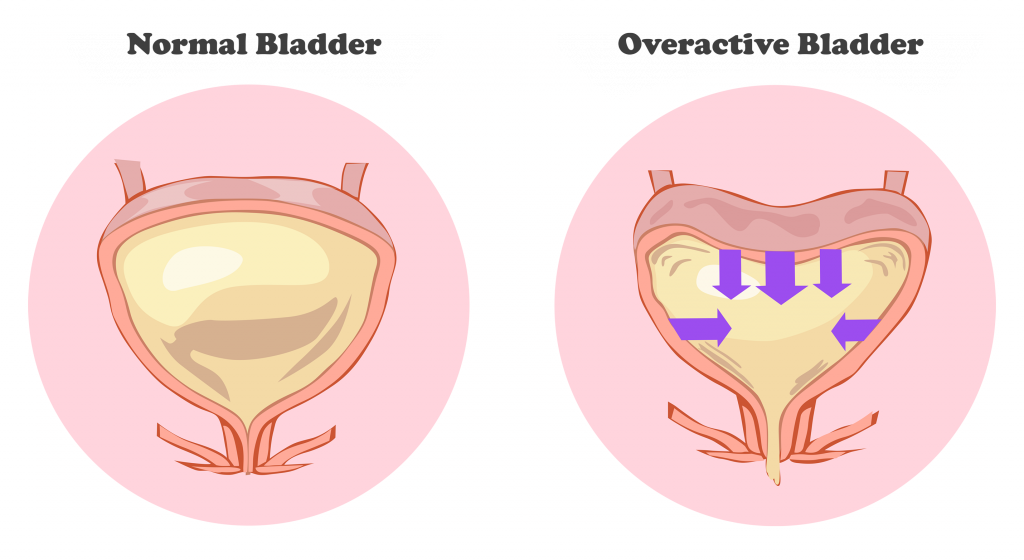What to expect after cesarean section
What to Expect After a C-Section [INFOGRAPHIC]
Pregnancy doctors, obstetricians, and surgeons at All About Women provide this free C-section recovery guide
- Home
- OB/GYN Knowledge Center
- What to Expect After a Cesarean
When you're a new mother, your thoughts are likely with the child you've just brought into the world. Everything else seems trivial. The fact is if your child was born by cesarean section, you've just had major surgery.
While caring for your baby is paramount, you also need to care for yourself in some very important ways.
An estimated one in three women in the United States require a cesarean section delivery. These operations are fairly safe and straightforward, especially if you choose an experienced pregnancy doctor near you.
However, it's still important for mothers to know what to expect following this operation.
What is a Cesarean Section?
More commonly referred to as a "c-section" or "cesarean delivery," a cesarean section is a surgical operation that occurs when a surgeon cuts through the mother's abdominal wall to deliver a baby. C-sections are typically done when medically necessary such as when vaginal birth would put the life of the mother and/or baby at risk.
A few common reasons why cesarean delivery may be necessary include:
- Obstructed birth
- Preeclampsia (high blood pressure during pregnancy)
- Breech birth
- Placenta or umbilical cord problems
- Prolonged labor
- Birth defects
- Twin birth
Cesarean section is a delivery method that has been used by obstetricians since almost the beginning of recorded history, and advancements in medical science continue to offer improved techniques and minimize the impact of this procedure.
You are still, however, undergoing major surgery.
Browse our c-section recovery guide below to start preparing now for everything you'll need to know post-op.
Use this graphic on your site
After C-Section: The First 24-48 Hours
Again, you've just had major surgery, so fatigue and pain are to be expected. Many women also report experiencing nausea for the first few hours. Depending on the composition of your epidural, you may have some itching.
Be sure to let your OB/GYN or attending nurses know about these symptoms so that they can give you medications to help alleviate some of your discomfort.
Some women also experience constipation following a cesarean due to the medications included in the epidural. You will likely be given a stool softener to help combat this, as straining with a fresh abdominal incision should be avoided.
Don't be squeamish when talking about this and other bodily functions. Your nurses will likely ask you very detailed questions about your urination, abdominal gas, and every other aspect of your digestive health.
Your nurses will likely ask you very detailed questions about your urination, abdominal gas, and every other aspect of your digestive health.
A few hours after your surgery, your nurses will begin encouraging you to get up and walk around a bit. This may be the last thing you feel like doing, but it's important to follow their instructions. Movement might be painful and you will need to take care with your incision site, but lying in bed longer than necessary can cause your body to have far more difficulty once you actually do start moving around.
With your doctor's approval, you may be able to start eating within a few hours after delivery — it's vitally important you eat something nutritious as soon as possible. You should also be able to start breastfeeding immediately, barring any complications. In most cases, the bulk of your abdominal pain should subside within 48 hours. You will still need to limit physical activity and take care with your incision, but you should begin to feel a bit more like yourself within the first couple of days.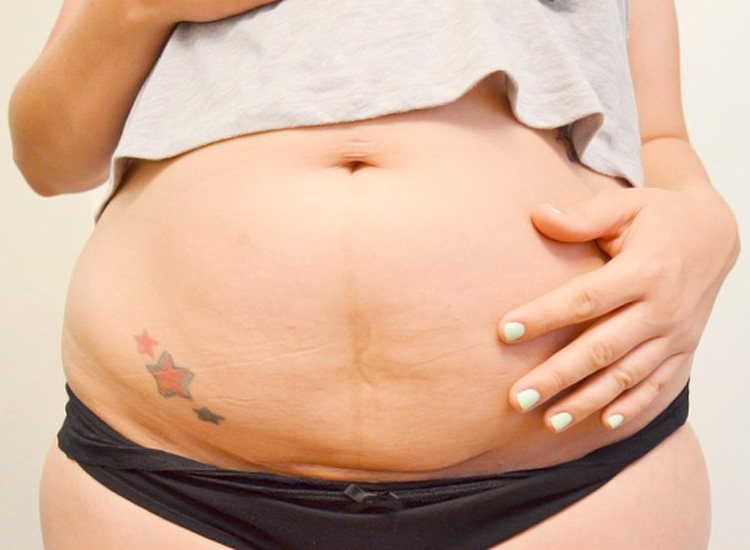
Post Cesarean: Days 3-5
Most women remain in the hospital for two to five days following a c-section. During this time, you should gradually regain your mobility and your pain will begin to subside, but you still need to take certain precautions. Strenuous movements, for example, can place undue strain on your incision site. Around day three, you'll be ready to shower on your own and generally become more mobile overall, but any heavy lifting or sudden movement should still be avoided.
If a sudden movement is unavoidable — for example, when you need to cough or sneeze — put your hand over your abdomen near the incision site and bend forward slightly to minimize the strain on your muscles.
Many women find it helpful to keep a pillow handy for these times, to further cushion the area and reduce strain.
Other normal symptoms you may experience in the days following a c-section include:
- Afterpains (feel like menstrual cramps)
- Breast swelling and sensitivity
- Hair and skin changes
- Fatigue and sadness (called the "baby blues")
After Returning Home From the Hospital
It may be a month or more before you are able to resume your previous activity level.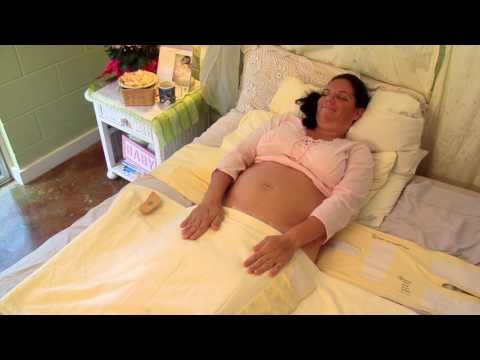 During this time, you should continue to avoid heavy lifting and sudden movements. It's not yet time to pick up your exercise routine, and you'll need help around the house during the first few weeks.
During this time, you should continue to avoid heavy lifting and sudden movements. It's not yet time to pick up your exercise routine, and you'll need help around the house during the first few weeks.
You may also experience some vaginal bleeding and discharge for the first several days. This is normal. Use sanitary napkins rather than tampons to deal with this issue. Frequent urination is another expected symptom, and it's important that you not try to ignore the urge to urinate or "hold it in." Emptying your bladder can help prevent infections from occuring. Wait at least six weeks before resuming sexual activity, and only do so once you're physically comfortable with sex and with your OB/GYN's approval during the six-week checkup.
If you feel up to it, you can try doing some of these gentle exercises while recovering from your cesarean delivery:
- Breathing deeply. Taking a few deep breaths can help prevent lung congestion caused by sitting or lying down for extended periods of time.
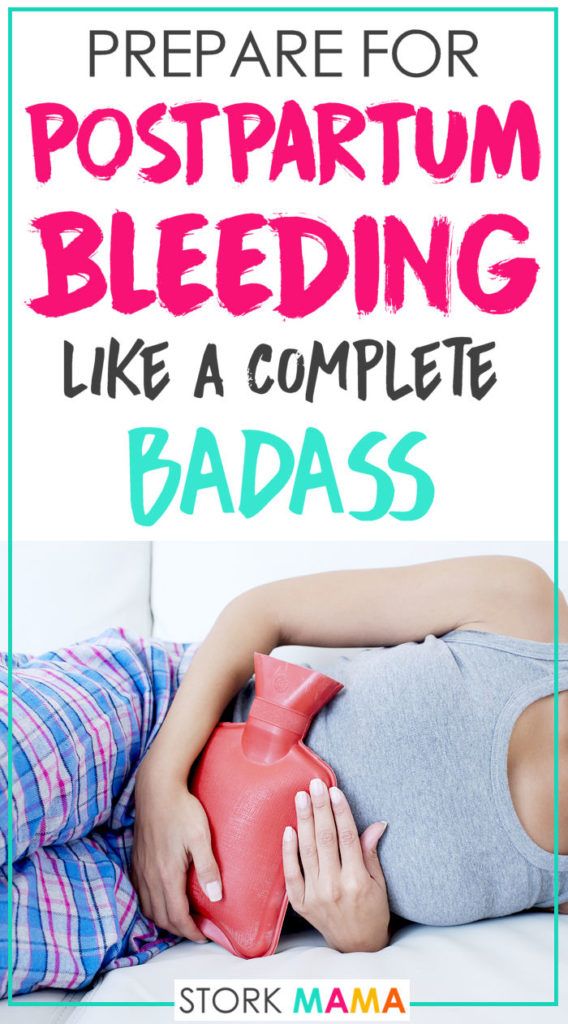
- Shoulder circles. Sit up and roll your shoulders forward 20 times, then backward 20 times to help fight off stiffness.
- Soft stretches. Put your back up against a wall and gently stretch both arms above your head. When you feel your stomach muscles contracting, hold for a few seconds and relax. Repeat this exercise up to 10 times per day.
Post-Cesarean Incision Care
After your c-section, you'll have an incision across your abdomen. Your OB/GYN and nurses will give you specific instructions on caring for the incision site. In general, you should be prepared to:
- Watch the incision site for redness or swelling, and notify your doctor immediately if these warning signs appear.
- Avoid clothing that may feel tight or binding around the abdomen. If you need to wear pants, choose a loose elastic or drawstring waist.
- Regularly clean the incision area with peroxide, then apply antibiotic ointment and fresh bandages.
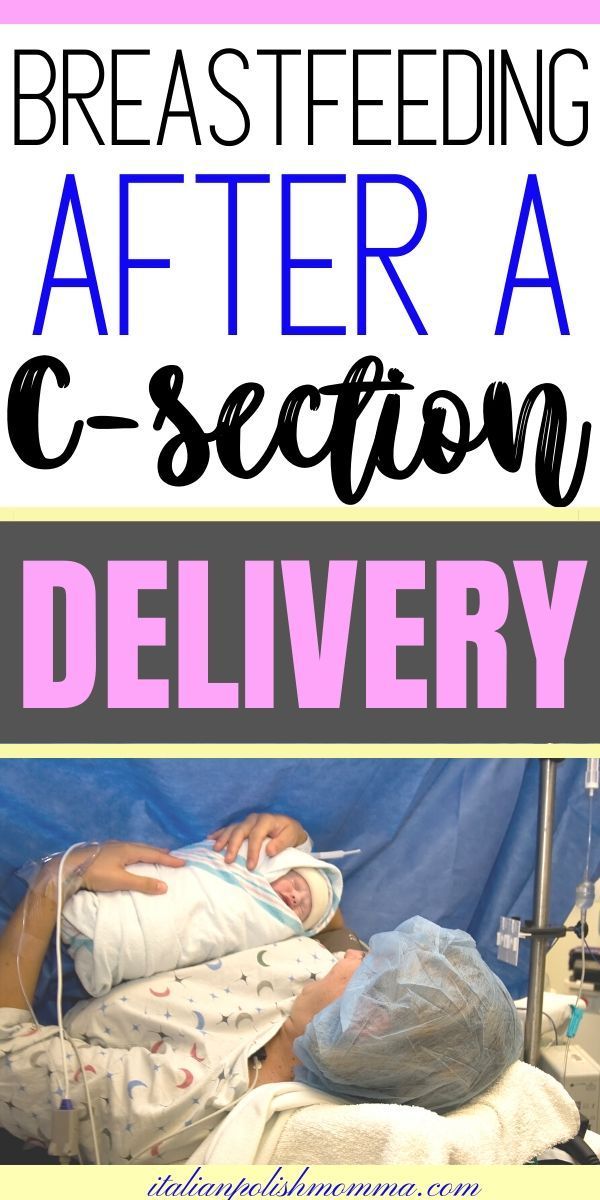
Long-Term Considerations
You'll likely have a permanent scar after undergoing a cesarean; however, in most cases, these scars are quite small and placed below the bikini line so that they may be easily concealed.
Beyond scarring, the only other significant long-term consideration relates to any future pregnancy. Your doctor will discuss options for future deliveries, which largely depend on the type of uterine scar and your specific plans. For example, your OB/GYN may recommend that any future children be delivered by c-section in order to minimize risk of the original incision reopening during vaginal birth.
Cesarean section is a delivery method that has been used by obstetricians since almost the beginning of recorded history, and advancements in medical science continue to offer improved techniques and minimize the impact of this procedure. You are still, however, undergoing major surgery.
Take care to follow your medical care provider's' instructions to the letter, and if you have any questions or concerns regarding the procedure or your recovery, don't hesitate to contact your OB/GYN.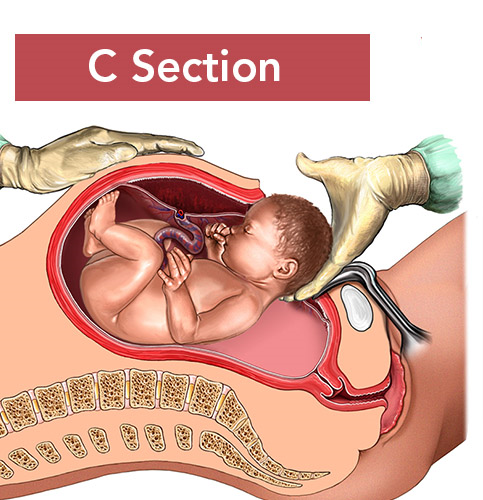
Have More Questions? Talk to a Knowledgeable North Florida Pregnancy Doctor
Florida pregnancy doctors and midwives at All About Women provide the most comprehensive, and compassionate pregnancy care in Gainesville, Lake City and surrounding areas. Drs. Anthony B. Agrios and Joseph S. lobst, along with Certified Nurse Midwives Shelley Russell, Julie Rischar, support nurses and staff work to ensure the health and comfort of both you and your child. We're here for you every step of the way, and want you to be comfortable discussing any issue with us.
Don't just take our word for it. See what one of our past patients has to say:
Thank you so much for all you did during my pregnancy to ensure that Sophia came out as wonderful and healthy as she is. Having to be induced and then having it turn into a c-section could have made me completely miserable, but your willingness to take the time to go over everything made the decisions quick and easy.
Thanks so much for everything!
To schedule an appointment in one of our North Florida clinics, or to just ask a question, please contact us today.
If you're just looking for information, feel free to browse our website to learn more about our clinic, pregnancy care, general women's health, and so much more.
Related KC and Blog Articles
Contact Us Knowledge Center
What to expect, and 9 tips for a faster recovery
Having a cesarean delivery, which people also often refer to as a C-section, can have a big impact on a mother’s mental and physical health in the weeks afterward. To speed up their recovery, people can try various lifestyle and wellness methods that may help.
C-sections are common, accounting for an estimated 31.9 percent of all deliveries in the United States. Although common, a C-section involves major stomach surgery.
The procedure can be lifesaving for both the mother and baby, but it can carry risks and may take a long while to recover from afterward.
Self-care, setting reasonable expectations, and having a supportive medical team can make the recovery from a cesarean section easier.
Many guides suggest that full recovery from a C-section takes 4 to 6 weeks. Yet every person is different, and much research suggests a significantly longer recovery time. Some studies, for example, have found that 60 percent of women have some pain in the incision 24 weeks after delivery.
A trusted doctor, a supportive community of other people who have had cesarean deliveries, and a willingness to ask questions can help with understanding the recovery process.
Immediately after delivery
Most women undergoing a C-section receive an epidural or spinal block. This form of anesthesia numbs the body but still allows the person to be awake.
It can take several hours to regain feeling after an epidural. It will not be possible to walk or use the bathroom without assistance, during this immediate postoperative period. Most women will have a catheter for several hours after delivery to help them urinate.
If general anesthesia is needed, waking up can take some time. A woman may feel groggy, nauseated, afraid, or confused as she comes out of anesthesia.
For many new parents, the most significant concern is the baby. It used to be routine for hospital staff to take the baby from the mother following delivery. Now, many hospitals offer so-called gentle cesarean deliveries.
Gentle C-section means that if the baby is doing well, it can be left to rest on the mother’s chest or be held by another caregiver while the surgeon sews up the incision in the mother’s abdomen.
It is important for people to ask if this is an option before the procedure, and to communicate their wishes about the care of the baby with medical staff.
The first 24 hours
The first 24 hours following a C-section present many of the same challenges as a vaginal delivery. These include the mother adjusting to new parenthood, attempting breastfeeding, and fielding visitors. People who undergo cesarean deliveries face additional challenges.
Most people recovering from a C-section stay in the hospital 2 to 4 days.
Blood clots
One of the biggest risks of C-section is developing a blood clot in the leg. This is more likely in people who are overweight or who remain immobile for long periods.
Women who are unable to walk may have special cuffs on their legs designed to keep the blood moving. Otherwise, if they are able to walk, it is essential for them to get up and move around as quickly as possible.
Cramps
In the first 24 hours, it is common to feel pain at the site of the incision. Many women also feel post-birth cramps as the uterus shrinks. These sensations feel similar to menstrual cramps, but may be more intense.
Watching for infection
A nurse or doctor will carefully monitor the cesarean incision for signs of infection. They will also check vaginal bleeding. Even after a C-section, the uterus has to shed what is left of the pregnancy.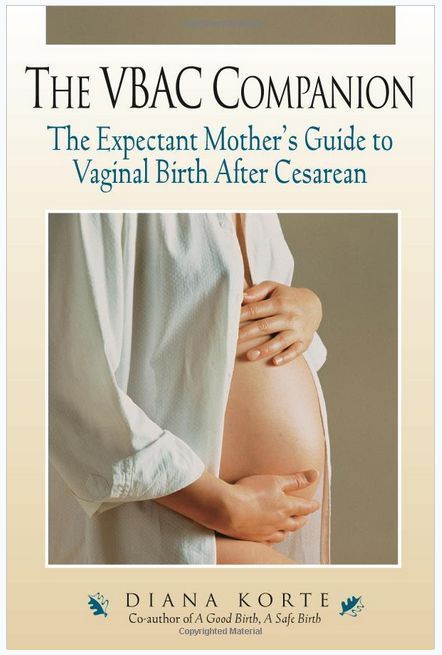 Vaginal bleeding usually lasts 4 to 6 weeks after birth and is heaviest during the first days.
Vaginal bleeding usually lasts 4 to 6 weeks after birth and is heaviest during the first days.
The first weeks
The risk of infection is highest during the first few weeks. Dangerous bleeding, which is known as a hemorrhage, is also more likely during this time.
People should avoid returning to their normal exercise levels for 6 to 8 weeks. Driving is usually not safe for 4 to 6 weeks also.
The wound may feel sore for a week or two. The muscle surrounding the wound may also feel weak. A doctor may prescribe pain medication for the first 2 weeks. People should ask their doctor about the safety of nursing while taking pain medication.
The symptoms tend to get steadily better as the incision heals and the uterus contracts.
In most cases, doctors use dissolvable stitches. These will disappear, and the doctor will not need to remove them. In some other circumstances, a doctor may need to remove non-dissolvable stitches, usually a few weeks after birth.
Long-term recovery
Recovering from a C-section takes time and may take longer than a doctor or midwife says it will.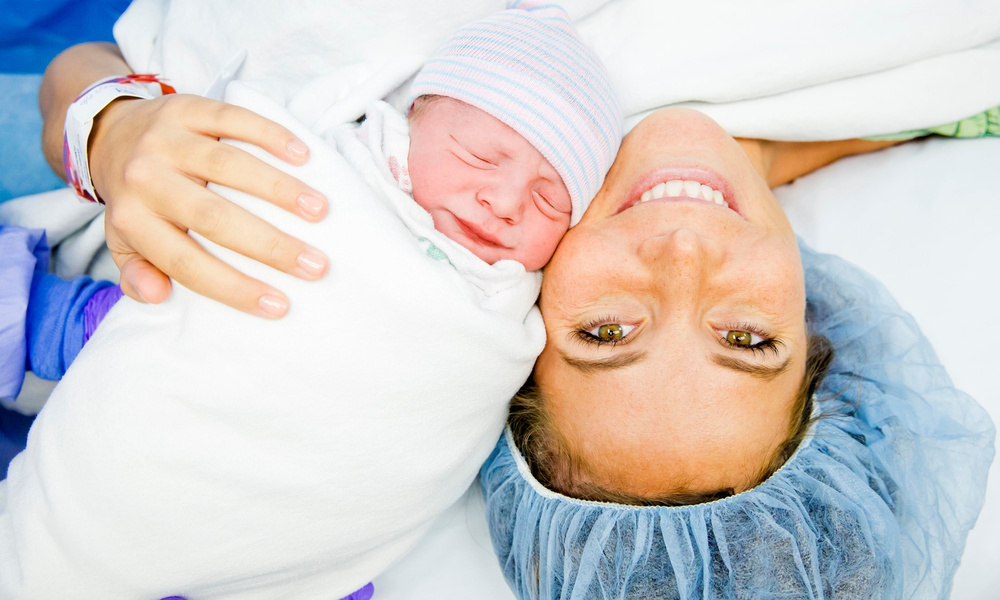 Some women experience muscle or incision pain for several months. Others struggle with urinary incontinence due to weakened pelvic floor muscles.
Some women experience muscle or incision pain for several months. Others struggle with urinary incontinence due to weakened pelvic floor muscles.
While these challenges are common, people should not ignore them. Any unpleasant symptoms that persist after the first postpartum appointment with a doctor or midwife warrant another appointment.
A referral to a specialist, such as a pelvic floor or exercise therapist, can help with long-term recovery.
Every C-section is different. Recovery may take longer when someone has a C-section as an emergency procedure. Infections, problems with the incision, and underlying health problems, such as diabetes, may also make recovery times longer.
The most important thing a person can do to recover more quickly is to talk to their healthcare provider. They should ask lots of questions about what to expect, then follow the recommendations they receive.
People can speed up their recovery from a C-section with the following methods:
1.
 Get plenty of rest
Get plenty of restRest is vital for recovery from any surgery. Yet for many new parents, rest is nearly impossible with a newborn in the home. Newborns keep irregular hours and may sleep for only 1 or 2 hours at a time.
People should always try to sleep when the baby sleeps, or get help from a loved one so they can take a nap.
It is easy to feel overwhelmed by chores or to want to entertain visitors. But giving up sleep to put away dishes or keep the house clean can be damaging to someone’s health. It is more sensible to try to sleep as much as possible.
2. Ask for help
Newborns are demanding. Caring for a baby after major surgery can be exhausting, and it is not possible for all new parents to manage this alone. Ask for help from a partner, a neighbor, family, or a trusted friend.
People may benefit from lining up a meal train or a schedule of visitors who can watch the baby while they rest or take a shower.
3. Process your emotions
Giving birth can be an emotional experience for all involved.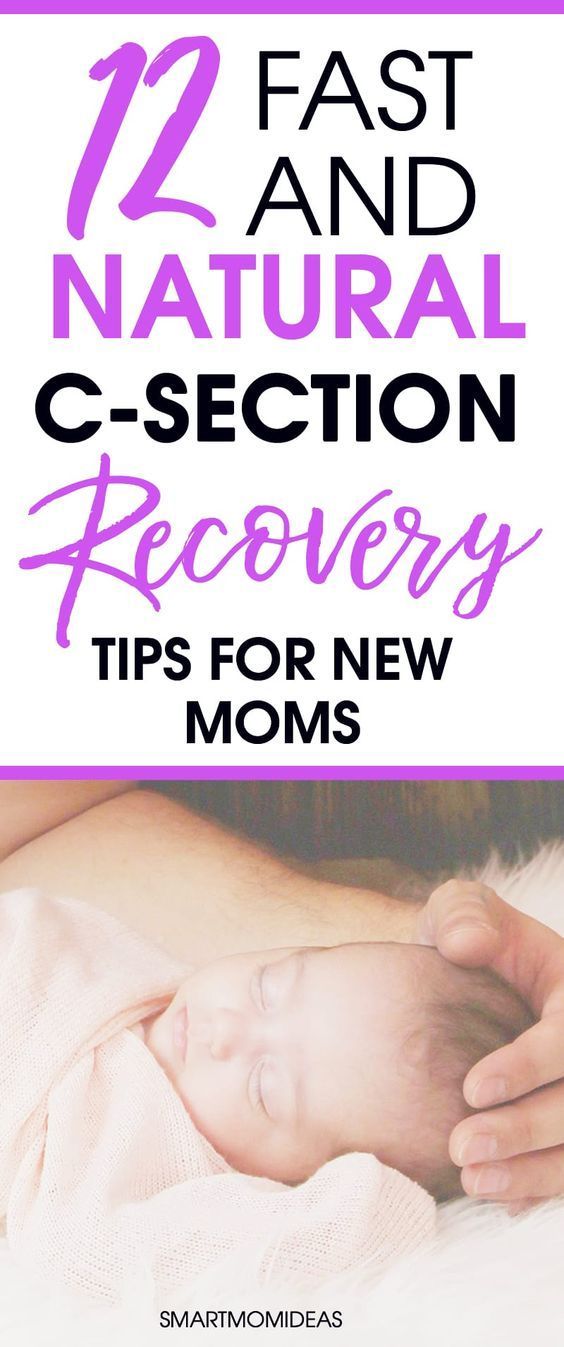
Women who experience emergency deliveries or traumatic births, as well as those who have cesarean deliveries they hoped to avoid, may have to process difficult emotions about the birth.
These new feelings can make the transition to parenthood more difficult than it is for others, and can trigger feelings such as guilt and shame.
Many people benefit from getting help with processing these emotions.
Talk to a partner, friend, or therapist. Getting early support may help reduce the risk of postpartum depression and can help women experiencing postpartum depression to get quicker treatment.
Consider joining an in-person postpartum support group. If none are available, try taking part in online support networks. An example of this is Postpartum Support International, which offers weekly online support meetings.
4. Take regular walks
Lifting and intense aerobic exercise are out for the first few weeks of recovery. As an alternative, walking can help with staying fit and maintaining good mental health.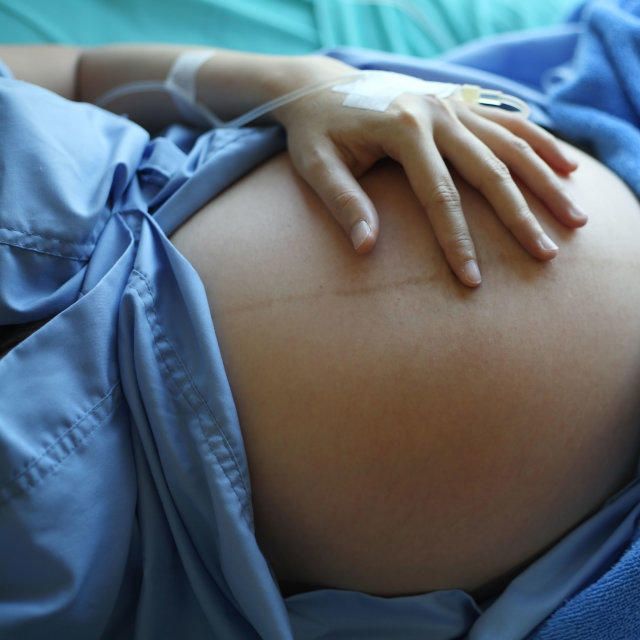
Taking a walk also reduces the risk of blood clots and other heart or blood vessel issues. Some new parents like walking with other new parents as part of a group, or meeting up with a neighbor to push their babies in their strollers.
5. Manage pain
There is no need to be in pain while struggling with all the other demands of new parenting. People must take the pain relievers prescribed by their doctor. If they do not work or if the pain gets worse, they should contact a healthcare provider for advice.
6. Watch for signs of infection
Some doctors will ask new parents to take their own temperature every 24 hours to monitor for signs of infection. People can consult with their doctor or midwife to ask if this is a good strategy.
Also, people must be mindful of other signs of infection, such as swelling, intense pain, red streaks coming from the incision, or chills. Contact a doctor or go to the emergency room if these symptoms appear.
7. Fight constipation
The combination of hormonal shifts, weaker stomach muscles, and spending lots of time lying down can lead to constipation. Severe constipation can be painful, and straining can injure the C-section incision.
Severe constipation can be painful, and straining can injure the C-section incision.
Drink plenty of water and ask a doctor about taking a stool softener. Eating plenty of fiber-rich foods, such as fruit and vegetables, can help to prevent constipation.
8. Get support for breastfeeding
Having a C-section is linked to a higher risk of breastfeeding difficulties. A lactation consultant can help new parents successfully breastfeed, even when they face obstacles, such as separation from the baby after birth. If breastfeeding is not going well, people should ask for help.
If a new parent is in pain, sitting in a comfortable, supportive chair and using a breastfeeding cushion, or nursing in a laid-back, reclining position can make breastfeeding easier.
9. Seek help for long-term issues
Some women experience long-term pain after C-section. Others experience muscle weakness, incontinence, or depression. These issues are common, and people should not feel ashamed if they have these experiences. Nor is there any need to suffer in silence.
Nor is there any need to suffer in silence.
If symptoms continue after the final postpartum appointment, a new mother should contact a doctor or midwife. They may then receive a referral to a specialist or be offered tips for resolving symptoms at home.
After a C-section, people should call or see a doctor if they experience the following:
- intense uterine cramps
- uterine cramps that go away and then return
- difficulty urinating
- frequent headaches
- anxiety or depression
People should go to the emergency room if they experience:
- bleeding that soaks through more than one pad or tampon per hour for more than 2 hours
- signs that the incision has ruptured, such as bleeding or oozing from the incision
- thoughts of harming themselves or their baby
- intense calf pain, especially if accompanied by swelling or numbness in the feet
- shortness of breath
The transition to parenthood can be difficult, especially when someone is recovering from major surgery. A supportive family or group of friends, caring medical staff, and reasonable expectations can make the recovery journey and the transition to parenthood feel more manageable.
A supportive family or group of friends, caring medical staff, and reasonable expectations can make the recovery journey and the transition to parenthood feel more manageable.
Many women recovering from a C-section worry about the risk of surgery in a future birth.
A generation ago, a prior C-section meant that all subsequent births had to be surgical. Now, the American College of Obstetricians and Gynecologists (ACOG) recommend that vaginal birth after cesarean, or VBAC, can reduce the risk of childbirth complications.
Most research suggests that 60 to 80 percent of women who have cesarean deliveries can have successful vaginal deliveries.
Recovery after caesarean section - Arnika Family Clinic, Krasnoyarsk
Services
Virtual tour. ARNIKA Clinic
Doctors' advice
The frequency of deliveries by caesarean section is increasing all over the world. It can be carried out both in the interests of the mother and in the interests of the child.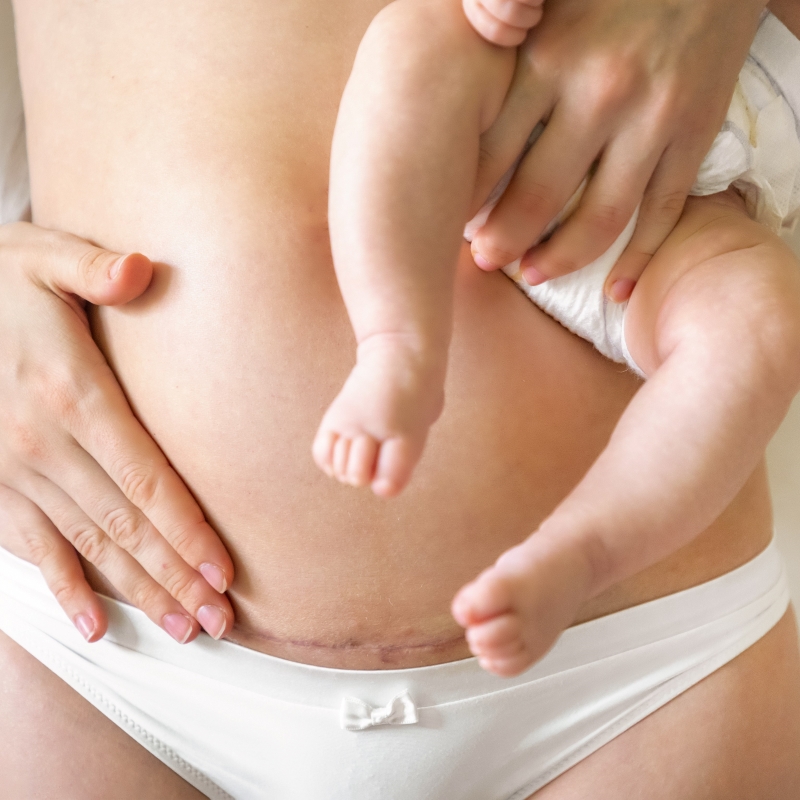 Today we will talk about the rehabilitation of my mother after this operation. Immediately from the operating room, the patient is transferred to the intensive care unit, where the medical staff monitors her condition. Depending on the maternity hospital, a child may be brought to the intensive care unit, or the mother will see him already in the postpartum ward. A few hours after the operation, the patient is offered to get out of bed - this is necessary for the prevention of thrombosis. After about 8 hours, the mother is transported to the postpartum ward. For the first day, a sparing diet is prescribed - cereals, broths, steam cutlets.
Today we will talk about the rehabilitation of my mother after this operation. Immediately from the operating room, the patient is transferred to the intensive care unit, where the medical staff monitors her condition. Depending on the maternity hospital, a child may be brought to the intensive care unit, or the mother will see him already in the postpartum ward. A few hours after the operation, the patient is offered to get out of bed - this is necessary for the prevention of thrombosis. After about 8 hours, the mother is transported to the postpartum ward. For the first day, a sparing diet is prescribed - cereals, broths, steam cutlets.
Breastfeeding is possible without restrictions - drugs for epidural anesthesia do not get into milk, and stimulation of the nipple promotes uterine contraction and prevents blood clots from stagnation in its cavity. That is why during feeding, many women notice cramping uterine contractions and increased blood secretions.
The skin may be sutured or stapled. And with that, and with the other you can go to the shower.
And with that, and with the other you can go to the shower.
Pain in the area of the incision can be relieved with pain medication or epidural anesthesia. As a rule, there is no need for anesthesia already for 2-3 days after the operation.
Many doctors recommend wearing a bandage after a caesarean section. It can also speed up recovery.
In most maternity hospitals, patients spend 5 days after a caesarean section. Discharge may be delayed due to the condition of the mother or child.
Once at home, you can lead your usual way of life, however, do not overwork yourself with household chores. We recommend not to lift anything heavier than a baby.
You need to pay attention to the nature of the discharge. Normally, they should be bloody, gradually becoming transparent. The appearance of bloody discharge, as well as discharge with an unpleasant odor, is an indication for a visit to the doctor.
In addition, an increase in body temperature should be alarming (remember that nursing mothers measure the temperature in the elbow bend).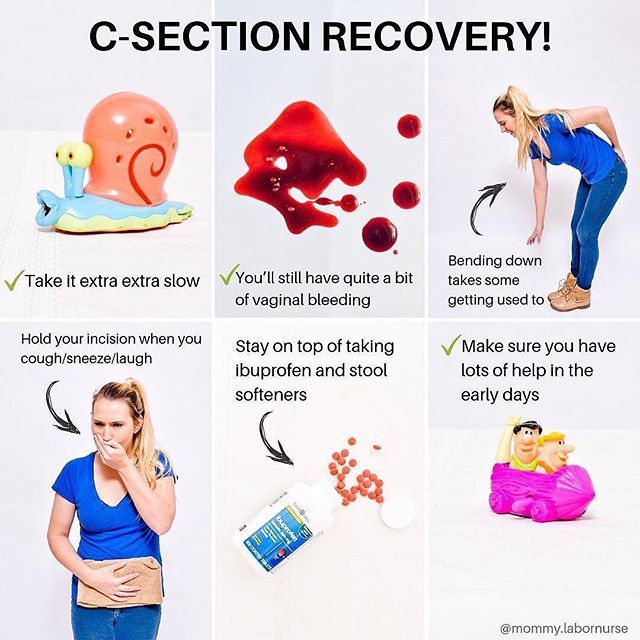
Question about starting sports is quite individual, but it is better to refrain from training for a couple of months and start with small loads.
The onset of sexual activity is also individual, on average, sexual rest lasts 4-6 weeks. We must not forget that the next pregnancy may occur against the background of breastfeeding, so you need to use additional contraceptives.
It is better to plan the next pregnancy in 2-3 years, when the scar on the uterus is fully formed.
Leave questions in a special section on the site, our doctors will be happy to answer them.
It is very important to get expert advice during this period to make sure that everything is fine...and enjoy motherhood!
Phone for consultation 234-55-55.
Recovery after caesarean section | Kaplan Medical Center
בתי חולים > קפלן > Home page > Medical departments > Obstetrics and Gynecology > Recovery after caesarean section
- from:
- Professor Eddie Weisbuch
A caesarean section is a surgical procedure, a complete abdominal operation with the use of anesthesia. The rate of recovery after caesarean depends on compliance with the basic rules of behavior. The most important recommendation is to try to get out of bed as soon as possible to prevent the occurrence of the so-called "vein thrombosis", which is considered a relatively common complication after this operation.
The rate of recovery after caesarean depends on compliance with the basic rules of behavior. The most important recommendation is to try to get out of bed as soon as possible to prevent the occurrence of the so-called "vein thrombosis", which is considered a relatively common complication after this operation.
As soon as the operation is over, you will be escorted to the intensive care unit, where you will spend about 2 hours without the child. The policy of the Kaplan Medical Center is not to separate mother and baby for a long time, therefore, in the absence of contraindications from the mother and child, feeding is allowed as soon as the woman comes to her senses after the operation. Our staff will help attach the baby (skin-to-skin contact) so that he does not freeze and help to arrange feeding if there are no contraindications for mother and child. After that, the woman and the baby are transferred to the postpartum ward, where they will spend about 4 days. Approximately six hours after the operation, the catheter will be removed from the bladder and you will be able to get out of bed and sit in a chair. The next day, after the doctor's examination and bandaging, you can take a shower, walk around the ward and, of course, take care of your baby. The development of lactation after a caesarean section is almost the same as in women who have given birth naturally. It is most convenient in the first days after a cesarean section to feed the baby lying on its side. In this position, the postoperative suture will be least affected. In the future, it is possible to feed the baby in a sitting or standing position.
The next day, after the doctor's examination and bandaging, you can take a shower, walk around the ward and, of course, take care of your baby. The development of lactation after a caesarean section is almost the same as in women who have given birth naturally. It is most convenient in the first days after a cesarean section to feed the baby lying on its side. In this position, the postoperative suture will be least affected. In the future, it is possible to feed the baby in a sitting or standing position.
What are the main problems during postoperative recovery?
Pain : As after any surgery, you will experience pain, but there are several ways to relieve this condition. Pain caused by uterine contractions is a normal postpartum condition. But this must be reported to the medical staff and, if necessary, you will be prescribed painkillers. As in the case of pain in the incision area.
Nausea : Many suffer from nausea - this is a normal reaction of the body.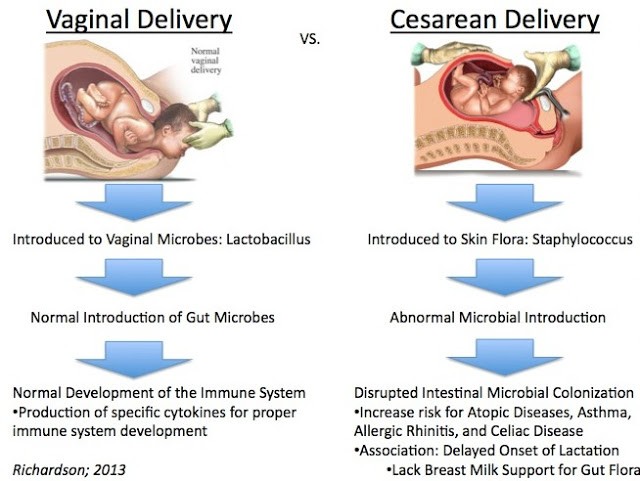 Be sure to tell the medical staff and you will be given a prophylactic intravenously.
Be sure to tell the medical staff and you will be given a prophylactic intravenously.
Thirst and hunger : In the first few hours after the operation, eating is prohibited. Drinking is allowed, but only water or tea. Sugary and carbonated drinks are banned to prevent gas formation. Subsequently, the load on the gastrointestinal tract in the postoperative period should be increased gradually. On the second day, you can eat boiled meat, cereals, low-fat broth. Starting from the third day, the mother can already afford a more complete diet, taking into account breastfeeding.
Bleeding : As with any woman after childbirth, you will experience vaginal bleeding as a result of normal postpartum uterine changes. You should monitor the amount and color of the discharge, and if the bleeding increases or changes color (usually a brownish-pinkish discharge), notify the medical staff immediately.
Constipation : these postoperative symptoms are really unpleasant, but natural.